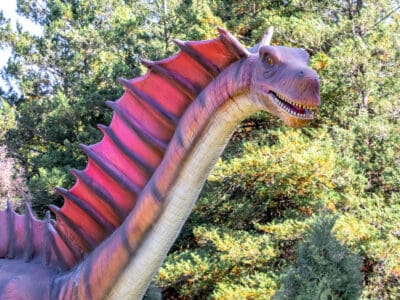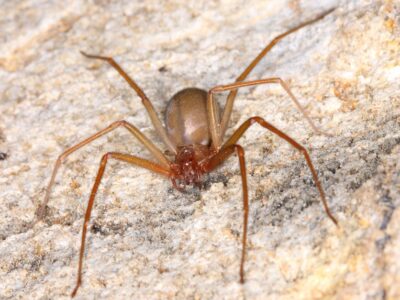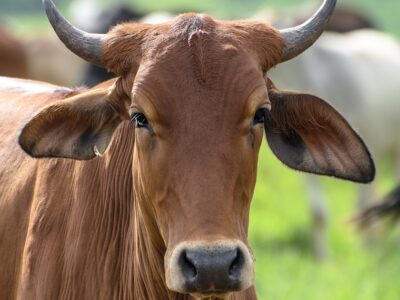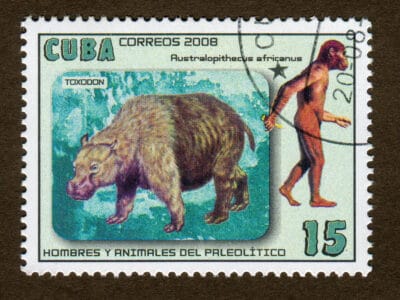Below you can find a complete list of types of Argentinian animals. We currently track 275 animals in Argentina and are adding more every day!
Argentina is a large and ecologically diverse nation situated in the southern half of South America. It shares a land border with Chile to the west, Bolivia, and Paraguay to the north, and Brazil and Uruguay to the northeast.
Geographically, the country can be divided into several regions, including the mountainous Andes, the flat, lowlands of the pampas, and the semi-arid region of Patagonia in the south, which encompasses everything from deserts to fjords and glaciers.
The Official National (State) Animal of Argentina
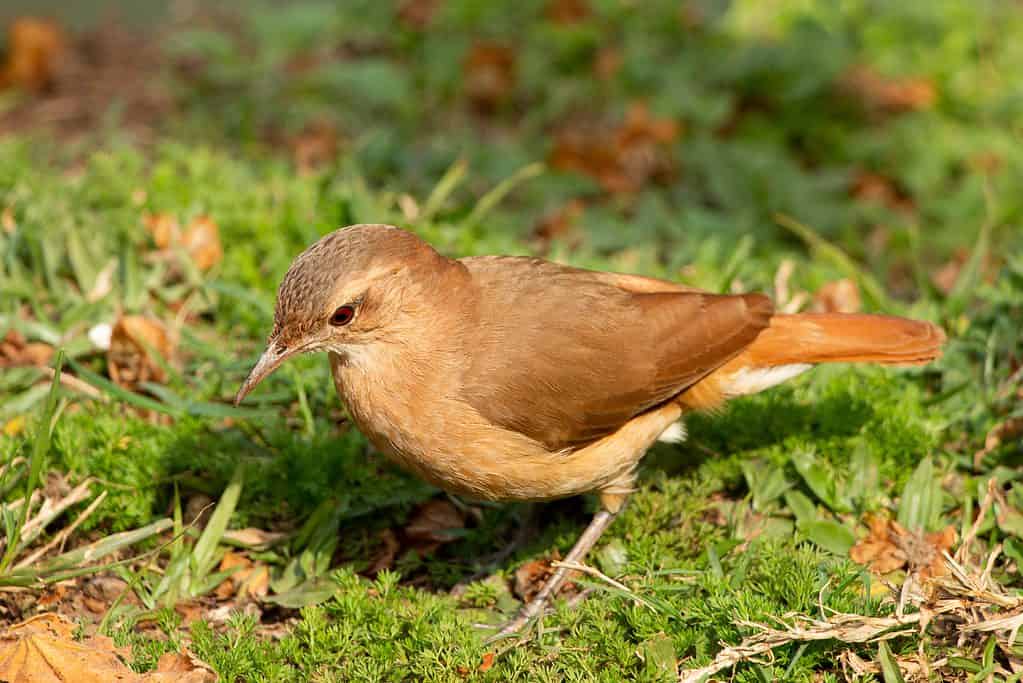
The rufous hornero (Furnarius rufus) is the state bird of Argentina.
©Claudio Xavier/Shutterstock.com
The rufous hornero is an ovenbird of moderate size, typically measuring 18-20 centimeters (7-8 inches) in length and weighing 31-58 grams (1.1-2.05 ounces), with males being larger. Its slightly curved beak is adapted to feeding on insects, is horn-colored, and measures 2.5 centimeters (1.0 inch) in length.
The rufous hornero, a tiny songbird indigenous to South America, is recognized as the official national animal of Argentina.
Rarest Animals in Argentina
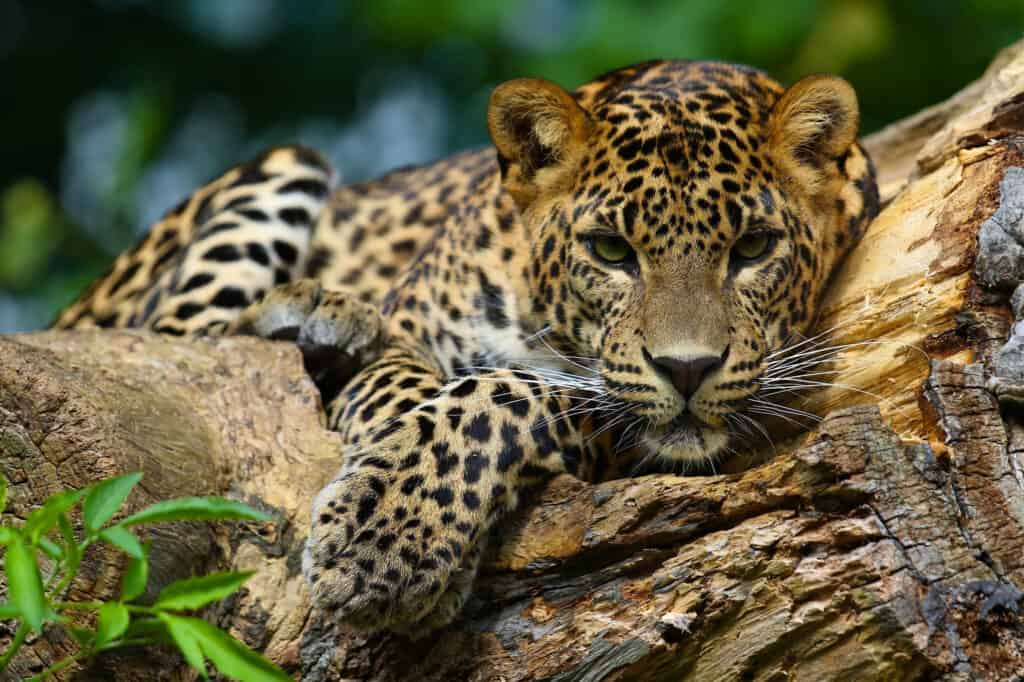
This Large feline is found in northern Argentina’s forests, and is classified as near-threatened.
©L-N/Shutterstock.com
Here is a short list of some of the rarest animals found in Argentina.
- Hooded Grebe: Critically endangered bird only found in southern Argentina.
- Patagonian Mara: Large herbivorous rodent found in Patagonia, Argentina.
- Andean Cat: Small wildcat species living in the high Andes mountains of Argentina, classified as endangered.
- Pampas Deer: Deer species inhabiting the grassy plains of Argentina are currently listed as vulnerable.
- Black-and-white Monjita: Bird species with black-and-white plumage, found in grasslands and savannas of northern Argentina, classified as endangered.
- Huemul: Deer species found only in the Andes mountains of Argentina and Chile, classified as endangered.
- Jaguar: Large feline found in northern Argentina’s forests, classified as near threatened.
Largest Animals in Argentina
Here are some of the largest animals found in the Argentina region:
- Southern Right Whale – These massive marine mammals can reach lengths of up to 18 meters (60 feet) and weigh over 50 tons. They can often be spotted off the coast of Argentina, especially in the Peninsula Valdes area.
- Andean Condor – The Andean Condor is one of the largest flying birds in the world, with a wingspan of up to 3 meters (9.8 feet) and a weight of up to 15 kg (33 lbs). They can be found soaring high above the Andes Mountains.
- Puma – Also known as the cougar or mountain lion, the Puma is a large cat that can weigh up to 100 kg (220 lbs) and measure up to 2.4 meters (8 feet) in length. They are found in a variety of habitats throughout Argentina, including forests, grasslands, and mountains.
Where to Find the Top Wild Animals in Argentina
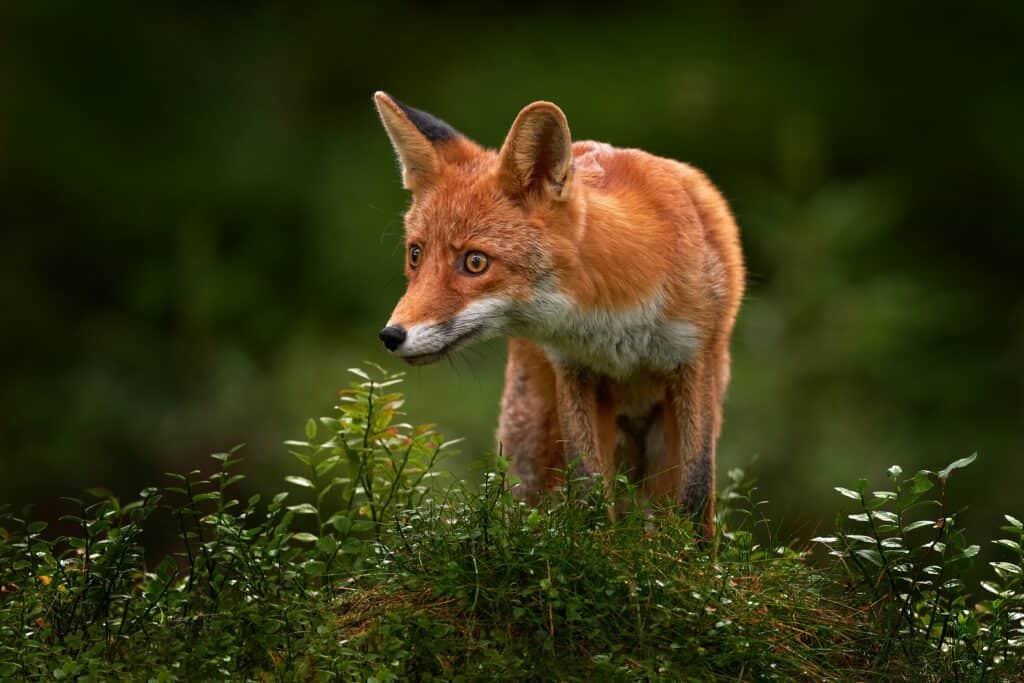
Foxes are common as mixed and introduced species in Argentina.
©Ondrej Prosicky/Shutterstock.com
The country has established about 33 national parks and several smaller protected areas where you can find some of the most unique wildlife natives to Argentina.
- Tierra del Fuego National Park, located at the very southern tip of the country, encompasses about 240 square miles of magnificent waterfalls, forests, mountain peaks, and coastlines. It contains a mix of native species (like geese, eagles, and woodpeckers) and introduced species (beavers, muskrats, and foxes).
- Iguaza National Park, located in the northeast province of Misiones, lies within the Alto Parana Atlantic forest region. Featuring one of the country’s most iconic tourist destinations, the picturesque Iguaza Falls, the park provides a rich refuge for jaguars, ocelots, anteaters, tapirs, caimans, toucans, harpy eagles, and butterflies.
- Nahuel Huapi National Park encompasses the Nahuel Huapi Lake in the foothills of the Patagonian Andes. Visitors can expect to find foxes, otters, deer, cougars, the llama-like guanaco, swans, condors, cormorants, parakeets, hummingbirds, and other wildlife.
- The Sierra de las Quijadas National Park, located in the central province of San Luis, is an arid hotspot for unique geological formations and buried fossil sites. This region is populated by armadillos, tree iguanas, maras, and the sandy gallito.
- Los Alerces National Park in the Chubut Province of Patagonia is classified as a UNESCO World Heritage Site for its pristine landscapes. It is home to the rare South Andean deer, cougars, the colocolo opossum, the kodkod (a type of cat), and the pudu (the smallest deer in the world).
Birds in Argentina

Argentina is arguably one of the best places in South America for bird watching because of its diverse ecological landscapes.
©RPBaiao/Shutterstock.com
Argentina is arguably one of the best places in South America for bird watching because of its diverse ecological landscapes, ranging from mountains to plains, wetlands to glacial lakes, and extensive oceanic coastline.
Over 1,000 bird species call the country home, and many are unique to the country and the surrounding area. Argentina is also highly accessible to tourists and to those who wish to view the incredible avifauna living locally or passing through on migration. Listed are some of the species found and where it is best to look when visiting.
Southern Argentina
The southern region of the country includes a part of the Patagonian steppes, grasslands, and deserts, as well as the Santa Cruz glaciers and Valdes Peninsula. Unique species here include:
- Patagonian Tinamou
- Magellanic Penguin
- Rufous-legged Owl
- Patagonian Yellow-Finch
The capital: Buenos Aires
Located at the northeastern tip of the country and bordering the Rio de La Plata, Buenos Aires is an ideal spot for birdwatchers. The urban city is surrounded by nature reserves and national parks, all holding unique landscapes for a diversity of species. Its proximity to the water also allows visitors to see waterfowl and seabirds.
- Southern Screamer
- Guira Cuckoo
- Olrog’s Gull
- Scarlet-headed Blackbird
Northern Argentina
Northern Argentina spans various biomes, from marshlands to cloud forests and including the Andes Altiplano. Numerous endemic, near-endemic, and rare avifauna reside in or pass through the area.
- Toucans (5 species)
- Rufous-throated Dipper (rare)
- Buff-breasted Earthcreeper (endemic)
- Tucuman-Mountain Finch (near-endemic)
National Bird of Argentina
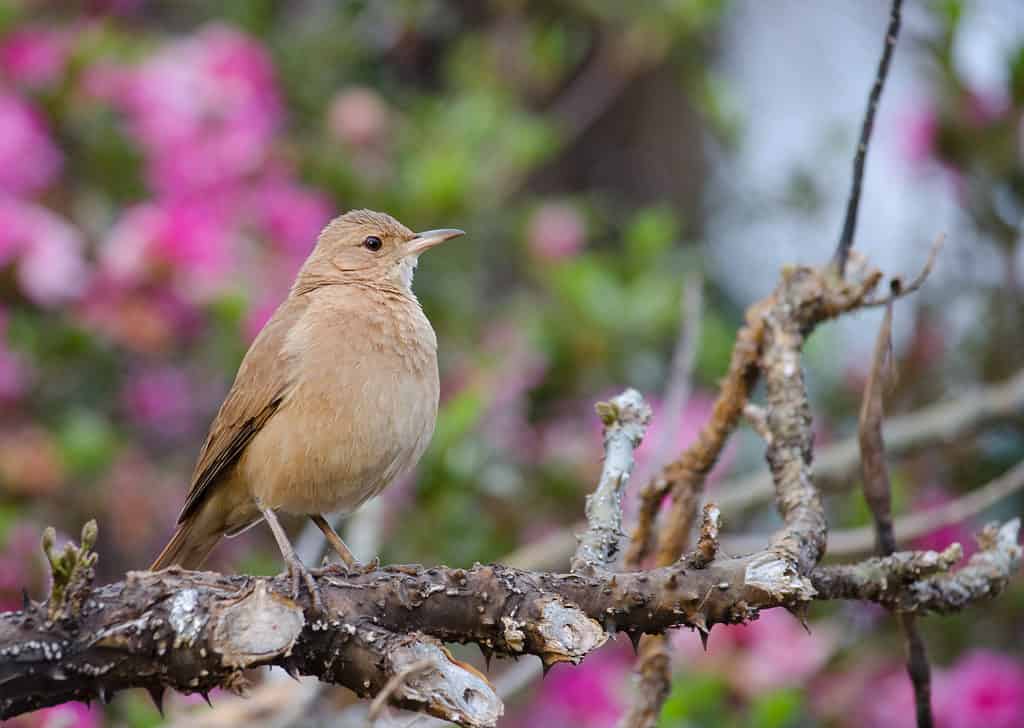
Rufous hornero (Furnarius rufus) standing on a tree branch, it is the national state bird of Argentina.
©Joab Souza/Shutterstock.com
The national bird of Argentina is the rufous hornero (Furnarius rufus), a medium-sized bird with reddish-brown feathers and a lighter-colored chest. The rufous hornero is a regal bird that symbolizes unity, strength, and freedom.
Rufous horneros are often called ovenbirds because they create a nest using mud and branches that is like an oven. These hardworking birds mate for life and are also known to be dedicated parents.
Snakes in Argentina
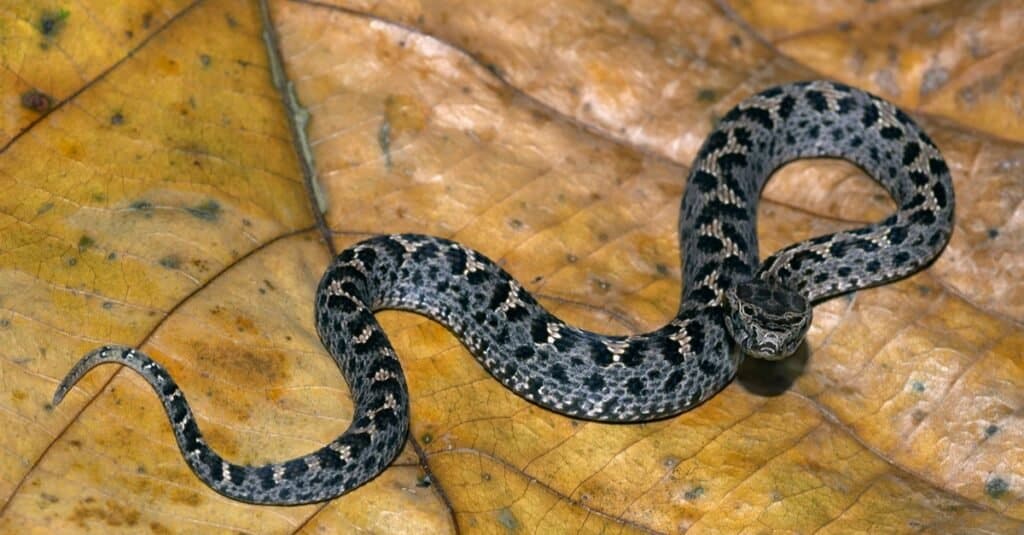
A juvenile
Himalayan
Pit Viper, Gloydius himalayanus in Uttaranchal, India. These snakes are commonly found in India, Argentina, Nepal, and Pakistan.
©iStock.com/ePhotocorp
Exploring expansive Argentinian landscapes is something everyone dreams of doing within their lifetimes – seeing the amazing sites, cultures, and wildlife. However, beauty does not come without caution. Almost 140 species of the snake make their home in Argentina, 18 of which are venomous and dangerous to humans. Venomous snake species belong to three genera:
- Bothrops – Pit vipers (10 sp)
- Crotalus – Rattlesnake (1 sp)
- Micrurus – Coral snakes (7 sp)
Of these, Bothrops jararacussu is the most dangerous because of the nature of its venom. Regardless of toxicity, any snake bite should be treated by a medical professional in case of adverse reactions.
Fish in Argentina
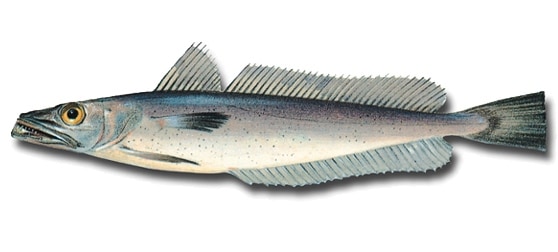
Argentine hake lives at depths between 300 and 650 feet. They are commonly found in Argentina.
©Pablopayetta / CC BY-SA 3.0, from Wikimedia Commons, the free media repository – Original / License
An extensive coastline along the South Atlantic Ocean marks the eastern side of the country, however, sea fishing is not the type of fishing that brings anglers into Argentina. Fly fishing here is renowned around the world as some of the best, especially in the rivers and lakes of Tierra del Fuego and the Lake District. Following are some of the best fly fishing locations for rainbow, brown, and brook trout:
- Rio Grande River, Tierra del Fuego
- Caterina River, Los Glaciares National Park
- Junín de los Andes
Golden dorado is another popular species to catch in Argentina. A fight to catch, these speedy fish are mainly found in:
- Salta
- Iberá Wetlands
- Paraná River
Deep sea fishing is available off the coast for exciting fish such as Argentine sea bass, black drum, flounder, yellow amberjack, and many more.
The Most Dangerous Animals in Argentina Today
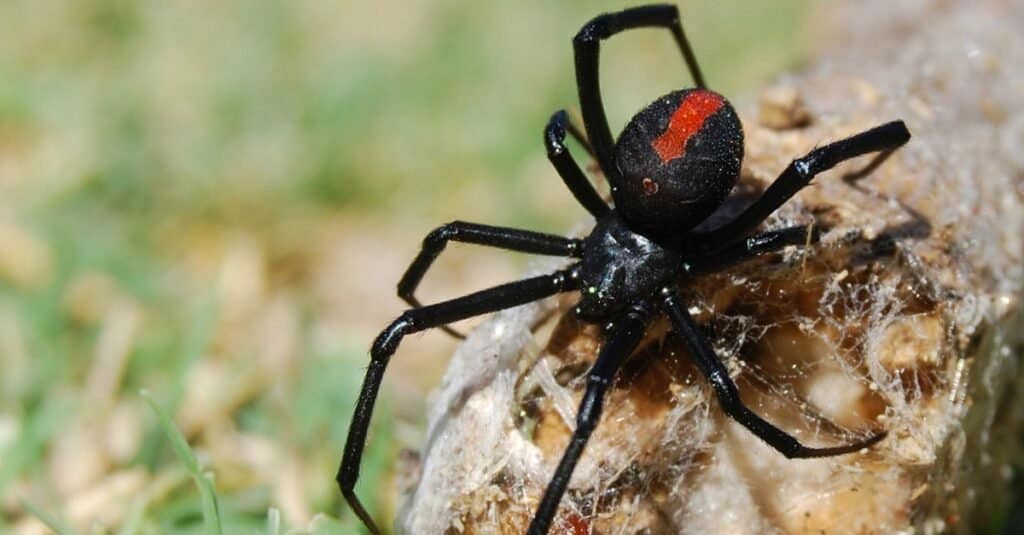
The deadly poisonous Australian
Redback Spider
, Black Widow, Latrodectus hasselti, whose bites can be deadly. Black widows are found in Argentina.
©iStock.com/maria72
Venomous snakes and spiders are the main sources of danger in Argentina. While jaguars and cougars may seem intimidating, attacks are very rare, since they do not recognize humans as prey.
- Jararaca – Native to northern Argentina, this highly venomous pit viper can deliver a powerful toxin that causes pain, swelling, bruising, and blistering of the affected area. Fortunately, death is quite rare.
- South American Rattlesnake – Just like their well-known American counterparts, these snakes have a large rattle that allows them to send a warning signal. While they only strike when they feel threatened, their poison still has a fatality rate of around 12%.
- Coral Snakes – Easily identifiable by bright colors with black or white bands, coral snakes are concentrated within the northern Gran Chaco region. Due to their highly toxic nature, avoiding these creatures is best.
- Black Widow Spider – Argentina is home to six different species of the black widow. While the venom can be quite painful, causing local swelling, muscle pain, and nausea, it is rarely fatal for people.
- Yacare Caiman – The caiman is a large member of the alligator family. While attacks almost never result in fatalities, the caiman’s sharp teeth and powerful jaws render it a threat.
Zoos in Argentina
Temaiken Biopark – Sitting on 178 acres, Temaiken is the only AZA-accredited zoo in Argentina. The zoo is in charge of not only native and exotic animal conservation but also participates in local habitat and fauna preservation of pine forests and butterflies.
Lujan Zoo – The zoo was originally started within an old residence and has since grown to encompass a variety of native and exotic species, such as lions, toucans, macaws, sea lions, and even flamingoes. Visitors are able to interact with certain animals and can even camp within the park limits, experiencing the nightlife.
Many other areas specializing in animal protection and conservation exist in the country, most with the same goal of defending native and non-native animals from endangerment and extinction.
Endangered Animals in Argentina

Southern River Otter – Despite the name, this endangered species is endemic to both marine and freshwater environments around the southernmost reaches of Argentina.
©iStock.com/Mirko_Rosenau
While Argentina has made great strides to protect its unique wildlife, the following types of Argentinian animals are still in danger of becoming extinct.
- Andean Mountain Cat – This small wild cat only resides in the high Andes Mountains. Endangered from hunting, habitat loss, diseases, and a reduction of its prey, this species only has about 2,500 individuals remaining.
- Southern River Otter – Despite the name, this endangered species is endemic to both marine and freshwater environments around the southernmost reaches of the continent. With its habitat being degreased by dams and roadway construction, the river otter was also been hunted to near extinction in the 20th century.
- Tuco-Tuco – The tuco-tuco is a small mouse-like rodent that resides almost exclusively in South America. Several Argentinian species from this family are in danger of becoming extinct.
- South Andean Deer – Native to the southern range of the Andes Mountains, this deer has lost much of its previous natural habitat. It is now on the brink of becoming extinct.
- Andean Condor – These black scavenging members of the vulture family are, by some measures, the largest birds in the world. Threatened by habitat loss, poisoning, and deliberate persecution (based on the mistaken impression that they kill livestock), this species has less than 7,000 mature individuals remaining in the wild.
The Flag of Argentina

©iStock.com/daboost
Argentina’s national flag consists of three horizontal stripes evenly divided into three sections; the top and bottom stripes are blue, while the middle is white. Its width-to-length ratio varies depending on the environment; on land, proportions of 1:2 and 9:14 are frequent, whereas, at sea, 2:3 is used.
National Flower of Argentina
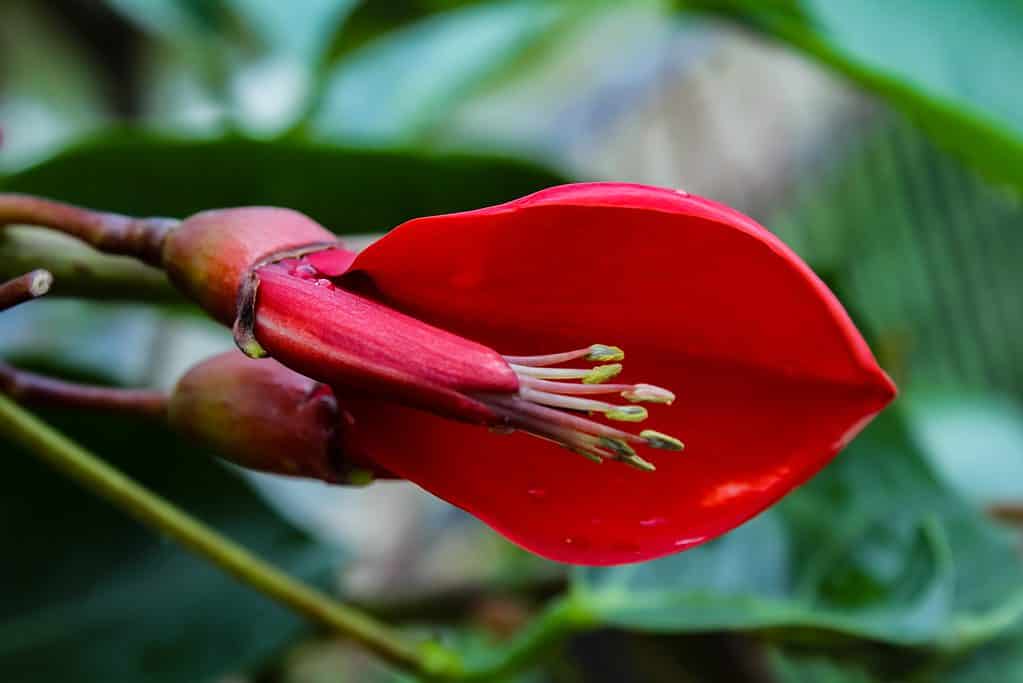
Closeup of Ceibo Erythrina flower. It is the national flower of Argentina.
©Eny Strawberry/Shutterstock.com
The national flower of Argentina is the ceibo or Erythrina crista-galli, also known as the cockspur coral tree. The ceibo is a flowering tree that can grow up to 33 feet tall and produces stunning red blossoms in late winter or early spring. The ceibo is an iconic symbol of Argentina featured throughout its history appearing in literature, tales, and traditional stories.
Argentine Animals
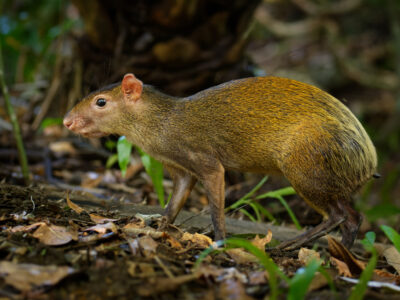
Agouti
The agouti is one of the only animals that can crack open Brazil nut pods!
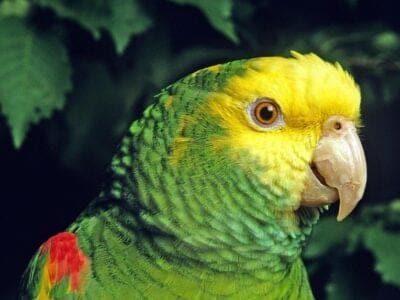
Amazon Parrot
These parrots can be trained to be "talking birds" that mimic human speech
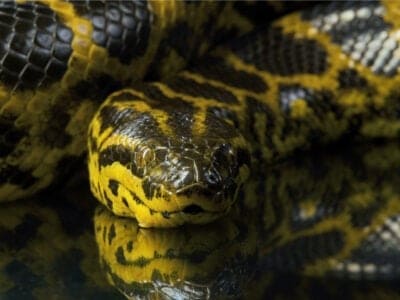
Anaconda
They are the heaviest snake in the world
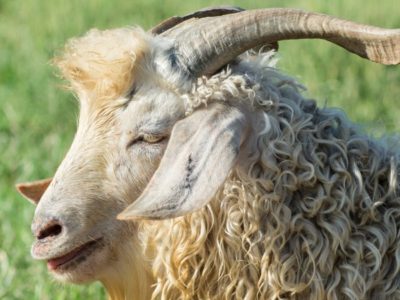
Angora Goat
Each adult Angora goat produces about 12 inches of mohair annually while kids have about 8 inches.
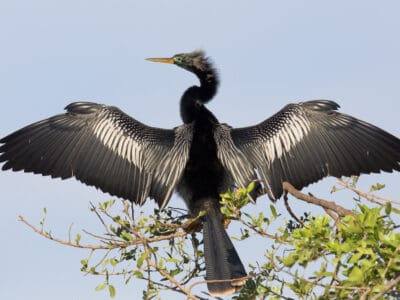
Anhinga
Their name means snake bird

Ant
First evolved 100 million years ago!
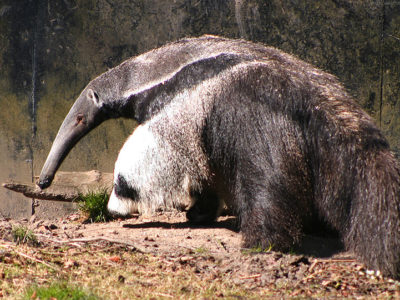
Anteater
Has the longest tongue of any animal in relation to its body size!
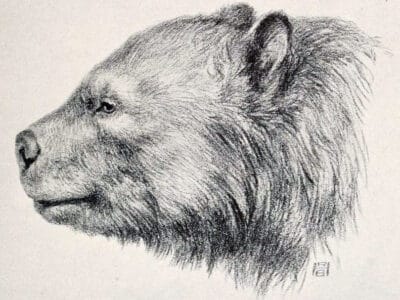
Arctotherium
The first fossil from the genus Arctotherium was discovered back in 1852.

Argentinosaurus
The Argentinosaurus weighed as much as 10 elephants!
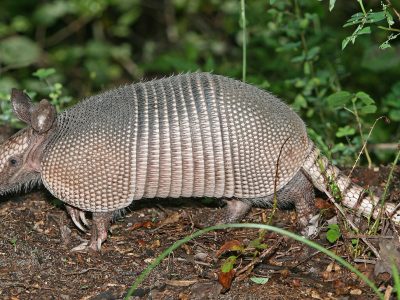
Armadillo
Can curl into a hard, protective ball!

Armyworm
They are so named because they "march" in armies of worms from one crop to another in search of food
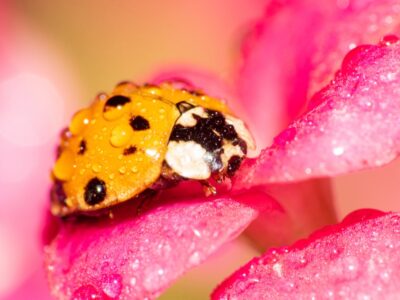
Asian Lady Beetle
Asian lady beetles infest indoor spaces, but they do not reproduce indoors.
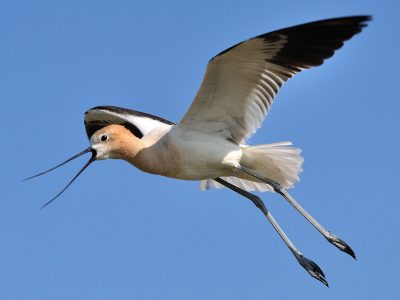
Avocet
Has a curved, upturned beak!
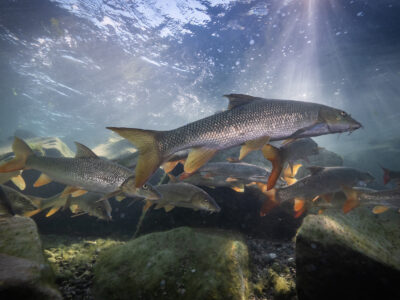
Barb
There are over 1768 known species!
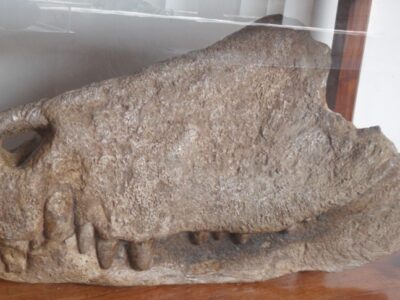
Barinasuchus
Largest terrestrial predator of the Cenozoic era

Barn Owl
Found everywhere around the world!

Barn Swallow
Older offspring help care for new hatchlings.

Bat
Detects prey using echolocation!
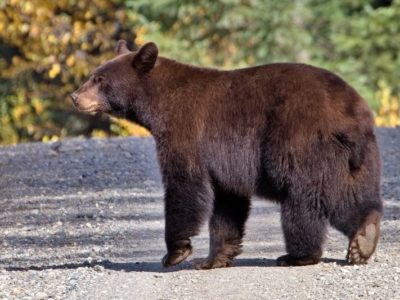
Bear
There are 8 different species!

Bed Bugs
Bed bugs feed for 4-12 minutes.

Bee
Rock paintings of bees date back 15,000 years

Beetle
There are more than 350,000 different species

Bird
Not all birds are able to fly!

Biscuit Beetle
The biscuit beetle form a symbiotic relationship with yeast

Black Widow Spider
They typically prey on insects!
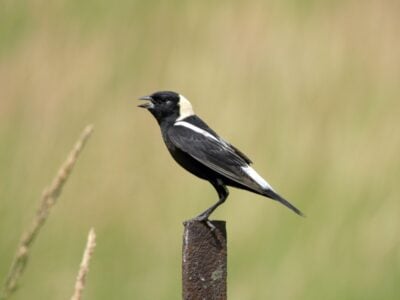
Bobolink
In spring, the male bobolink is the only North American bird who is dark below and light colored above. This makes identification easy.
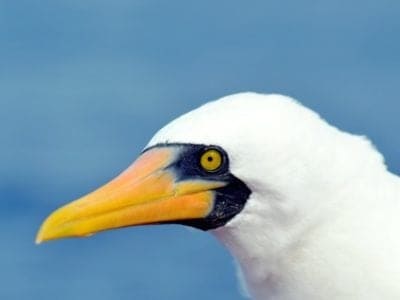
Booby
Seabirds found across the South Pacific!
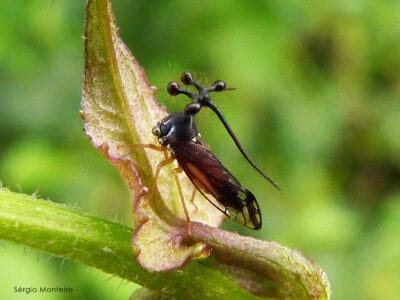
Brazilian Treehopper
“Mild-Mannered Minimonsters”

Brown Dog Tick
Can live its entire life indoors
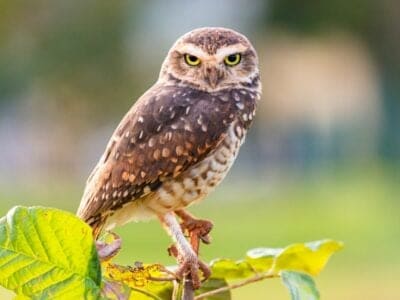
Burrowing Owl
The burrowing owl lives in underground burrows
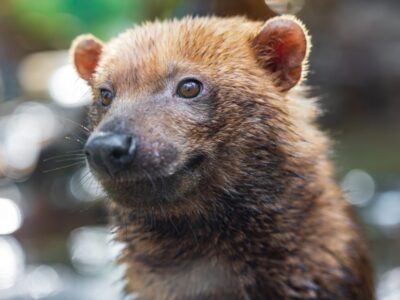
Bush Dog
Bush dogs have webbed toes to help them swim.

Butterfly
There are thought to be up 17,500 species!
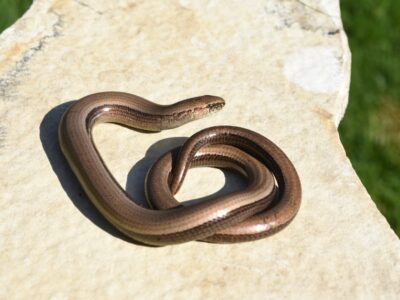
Caecilian
Some species' babies use their hooked or scraper-like teeth to peel off and eat their mother's skin
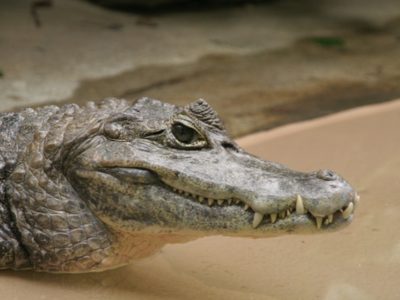
Caiman
Can grow to up 6 meters long!

Camel Cricket
The camel crickets that are found in the USA are light brown in color. They also have dark streaks all over their body.

Carpenter Ant
Carpenter ants can lift up to seven times their own weight with their teeth!
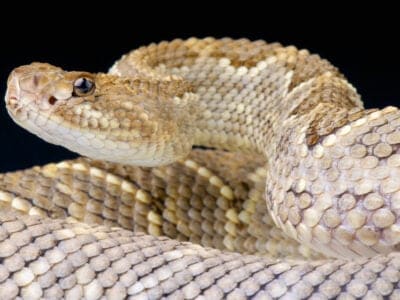
Cascabel
Cascabels rely on their camouflage first, and rattle if that doesn't work.

Cat
May have been domesticated up to 10,000 years ago.
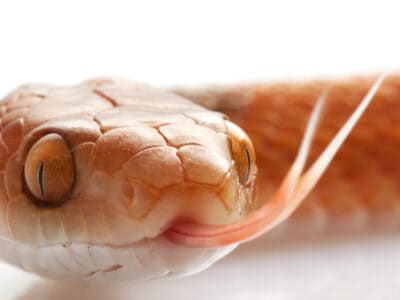
Cat-Eyed Snake
Evidence indicates that females can delay fertilization and store sperm for later years to produce eggs even in the absence of contact with a male!

Caterpillar
The larvae of a moth or butterfly!

Catfish
There are nearly 3,000 different species!

Centipede
There are about 3,000 documented species!

Chicken
First domesticated more than 10,000 years ago!
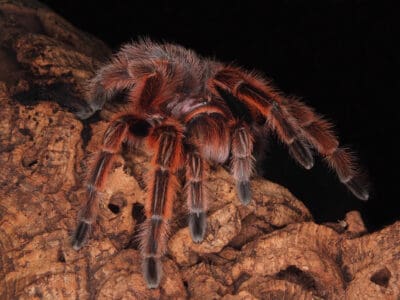
Chilean Rose Tarantula
They can cling to the side of an aquarium.
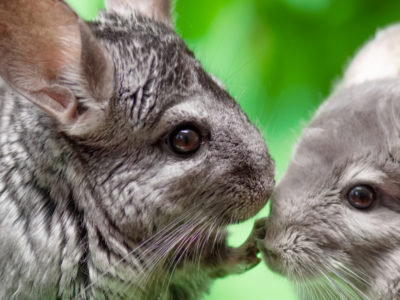
Chinchilla
Natively found in the Andes Mountain range!
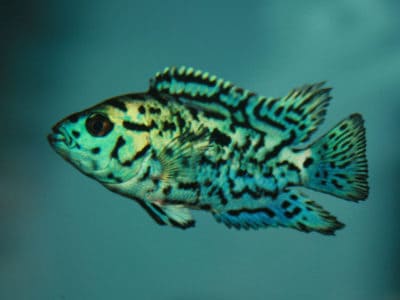
Cichlid
There are more than 2 000 known species!

Cockroach
Dated to be around 300 million years old!

Codling Moth
Pupae are able to undergo diapause to survive poor fruit yield years and winter.
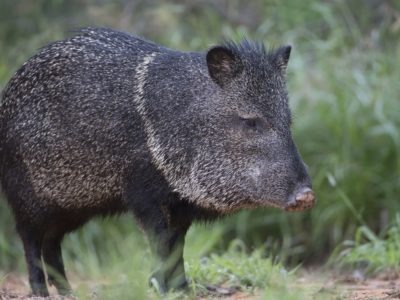
Collared Peccary
Form bands of up to 12 individuals!

Common Furniture Beetle
The common furniture beetle feeds exclusively on wood

Common House Spider
House spiders have the ability to eat most insects in a home.
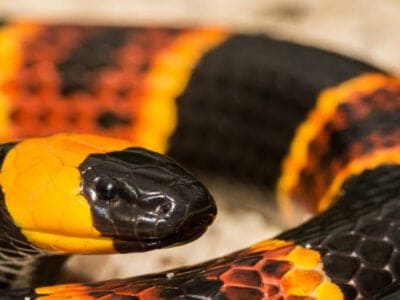
Coral Snake
There are over 80 species of coral snake worldwide.

Cormorant
They can fly 35 mph and dive 150 feet below water.

Cow
There are nearly 1.5 billion worldwide!

Crab
There are 93 different crab groups
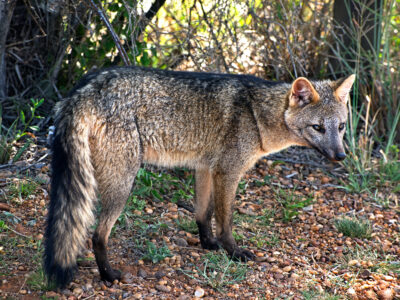
Crab-Eating Fox
The crab-eating fox is extremely adaptable, living in all sorts of habitats and eating almost any available food.

Crab Spider
Crab Spiders can mimic ants or bird droppings

Cricket
Male crickets can produce sounds by rubbing their wings together
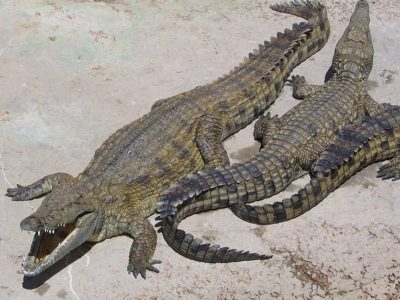
Crocodile
Have changed little in 200 million years!
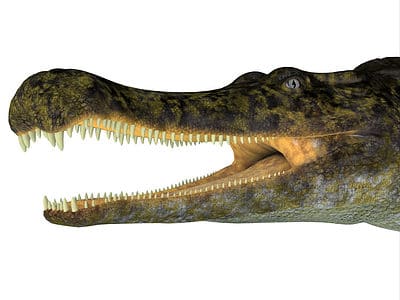
Crocodylomorph
Crocodylomorphs include extinct ancient species as well as 26 living species today.

Crow
A group of these birds is called a Murder.
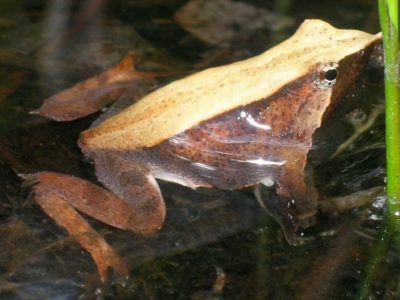
Darwin’s Frog
Camouflages itself as a dead leaf!

Dog
First domesticated in South-East Asia!

Dog Tick
Dog ticks feed on dogs and other mammals
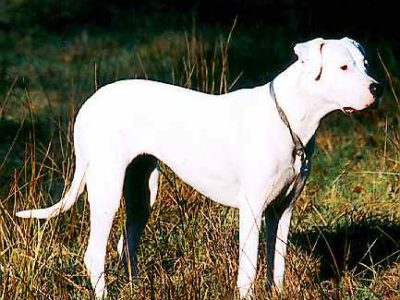
Dogo Argentino
Loyal and affectionate to their family!

Donkey
First domesticated 5,000 years ago!

Dragonfly
It's larvae are carnivorous!
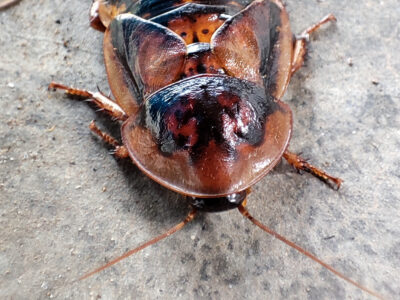
Dubia Cockroach
The most popular species of feeder roach

Duck
Rows of tiny plates line their teeth!

Dung Beetle
The dung beetle can push objects many times its own weight
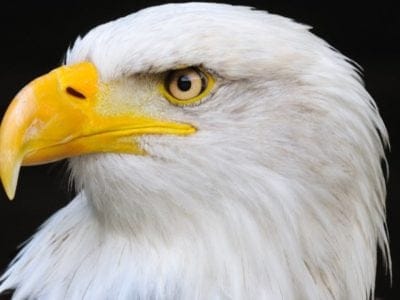
Eagle
Has exceptional eyesight!

Earthworm
They are hermaphrodites, which means they have male and female organs

Earwig
There are nearly 2,000 different species!

Eel
Eels can be a mere few inches long to 13 feet!
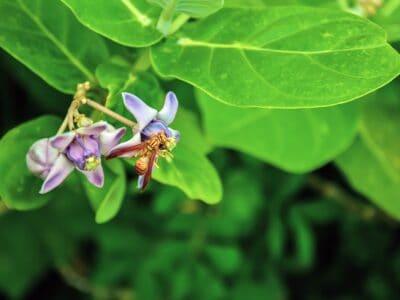
Executioner Wasp
The Executioner Wasp's sting is one of the most painful in the world.

Falcon
The fastest creatures on the planet!
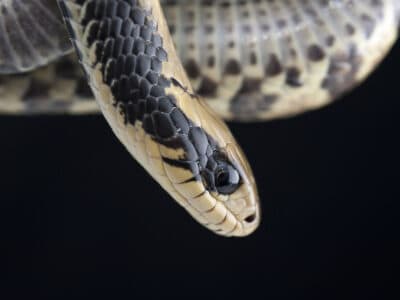
False Water Cobra
There are several color morphs, including lavender!

False Widow Spider
False spiders actually prey on black widow spiders and other hazardous spiders
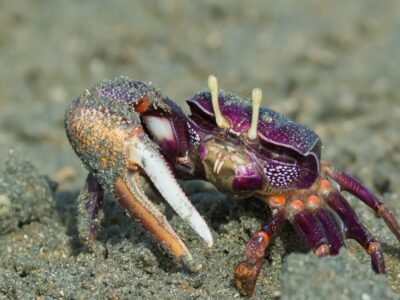
Fiddler Crab
The fiddler crab gets its name from the motion the males make with their over-sized claw during the mating ritual.

Firefly
The firefly produces some of the most efficient light in the world

Flamingo
Sleeps on just one leg!

Flea
Adult fleas can jump up to 7 inches in the air

Fly
There are more than 240,000 different species!
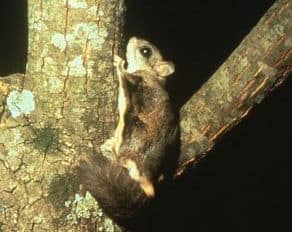
Flying Squirrel
Can glide up to 90 meters!

Frog
There are around 7,000 different species!

Fruit Fly
Fruit flies are among the most common research animals in the world
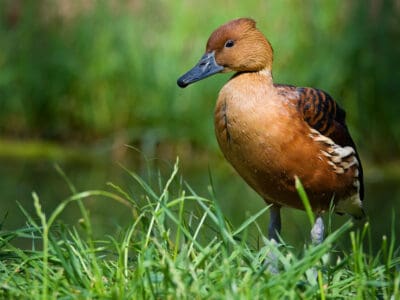
Fulvous Whistling Duck
They build a ramp from their nest, which leads to a nearby water source
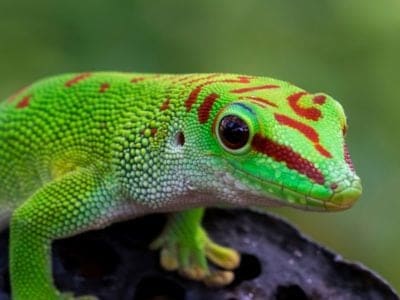
Gecko
There are thought to be over 2,000 species!

German Cockroach
The most common type of urban roach
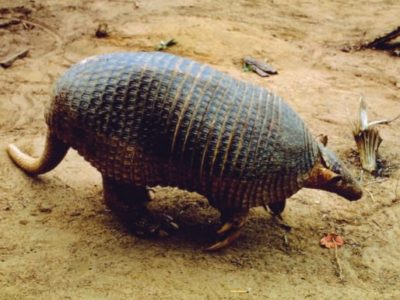
Giant Armadillo
Armadillos have a smell that’s described as strong, sweet and acrid.

Glowworm
Found inhabiting dense woodland and caves!

Gnat
Males form large mating swarms at dusk

Grasshopper
There are 11,000 known species!
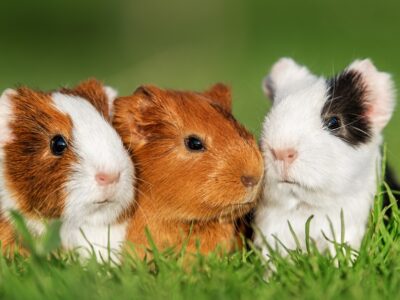
Guinea Pig
Natively found in the Andes Mountain range!
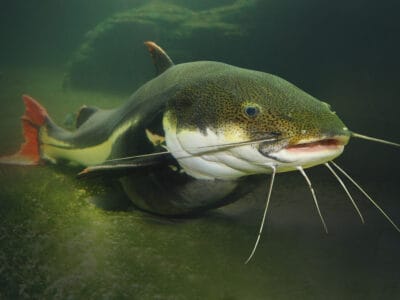
Gulper Catfish
Gulper catfish can consume prey twice its size
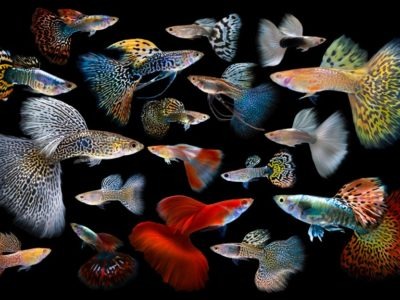
Guppy
Also known as the Millionfish!

Gypsy Moth
One of the most invasive species in the world

Hamster
Able to run as quickly backwards as forwards!

Hare
Can reach speeds of over 50 mph!
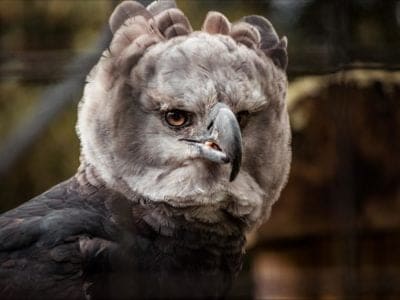
Harpy Eagle
Talon's the size of a grizzly bear's claws!
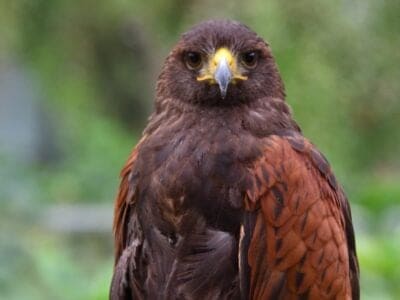
Harris’s Hawk
Their vision is eight times better than a human's

Hawk Moth Caterpillar
Many hawk moth caterpillars eat toxins from plants, but don’t sequester them the way milkweed butterflies do. Most toxins are excreted.
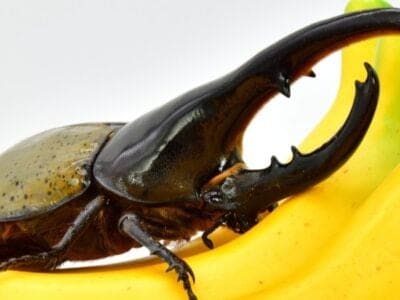
Hercules Beetle
This dynastine scarab beetle makes a weird huffing sound when it’s disturbed.

Heron
Inhabits wetlands around the world!
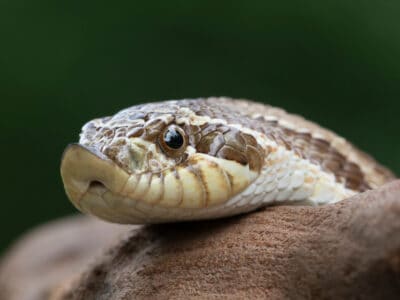
Hognose snake
Prima Donnas of the Snake World

Honey Bee
There are only 8 recognized species!
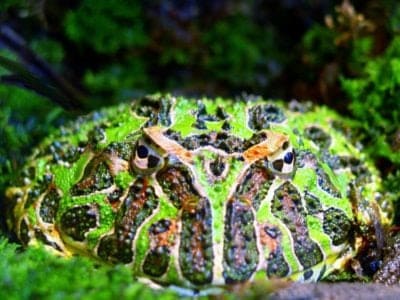
Argentine Horned Frog
Natively found in South America!

Horse
Has evolved over 50 million years!

Horsefly
Horseflies have been seen performing Immelmann turns, much like fighter jets.
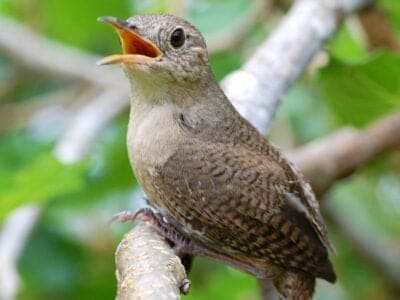
House wren
The wren’s epithet, aedon, comes from a Greek queen who accidentally killed her only son. She was actually aiming for her nephew, and Zeus took pity on her and turned her into a nightingale.

Housefly
The fly has no teeth

Human
Thought to have orignated 200,000 years ago!
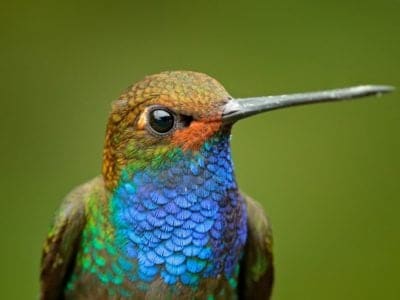
Hummingbird
Beat their wings up to 80 times per second!

Huntsman Spider
Some huntsman spiders have an interesting way of moving around. Some cartwheel while others do handsprings or backflips.
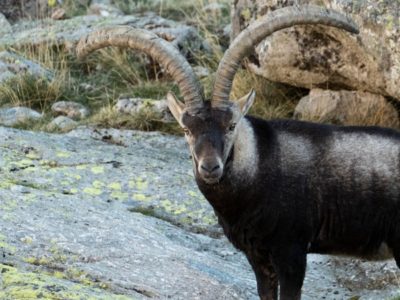
Ibex
Can jump over 6 feet straight up from a standstill
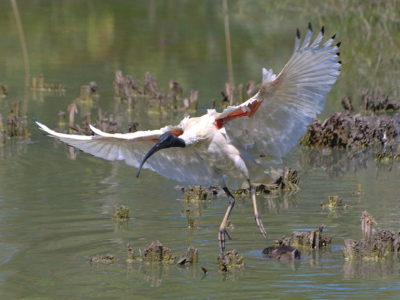
Ibis
Found in swamps, marshes and wetlands!
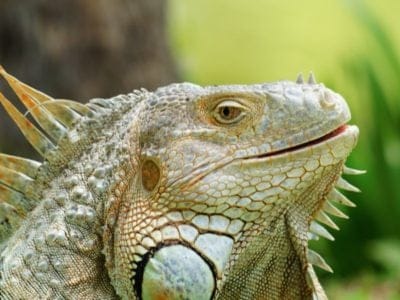
Iguana
Uses visual signals to communicate!
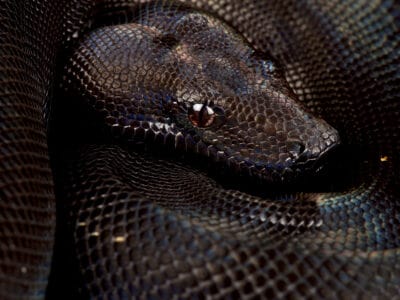
IMG Boa Constrictor
The first IMG boa was born in a litter of anerythristic boas.
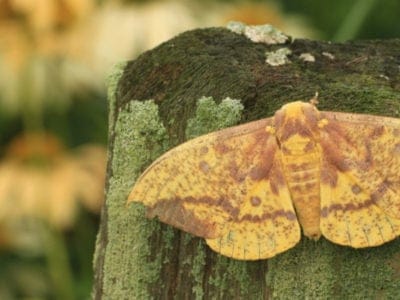
Imperial Moth
Since the imperial moth doesn’t eat, it does die shortly after it lays its eggs. Its lifespan is only about one week.

Insects
There are an estimated 30 million species!
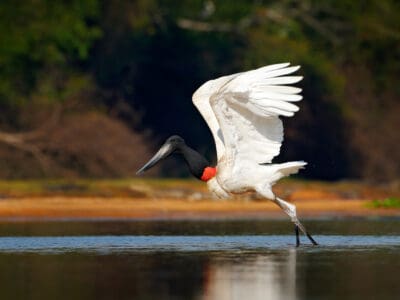
Jabiru
They form lifelong pair bonds and live in groups near water sources.
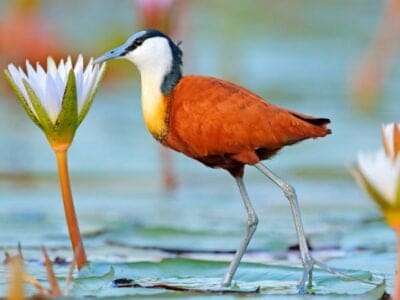
Jacana
The jacana has the ability to swim underwater
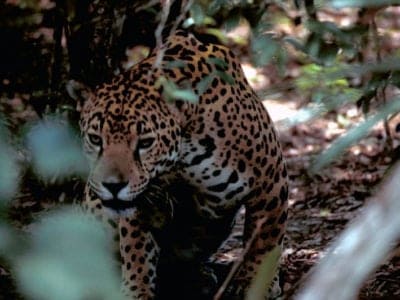
Jaguar
The largest feline on the American continent!

Jumping Spider
Some can jump 50 times the length of their bodies
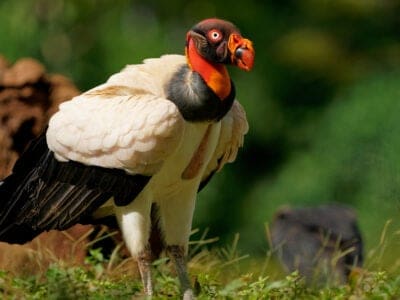
King Vulture
The king vulture is the second largest New World vulture species

Kingfisher
Inhabits wetlands and woodlands worldwide!
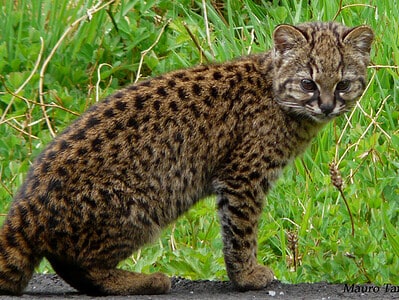
Kodkod
The kodkod is among the smallest species of cats in the entire world

Ladybug
There are more than 5,000 species worldwide!

Leech
Has 10 pairs of eyes!

Leedsichthys
Leedsichthys is one of the largest fish ever discovered
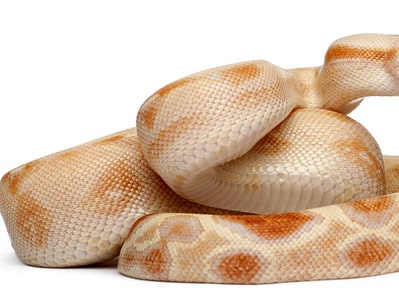
Lipstick Albino Boa
Lipstick albino boas are a designer morph that you'll only find from breeders.

Lizard
There are around 5,000 different species!
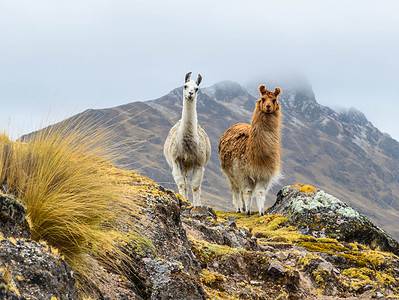
Llama
Natively found in the Andes Mountain range!

Locust
Each locust can eat its weight in plants each day.
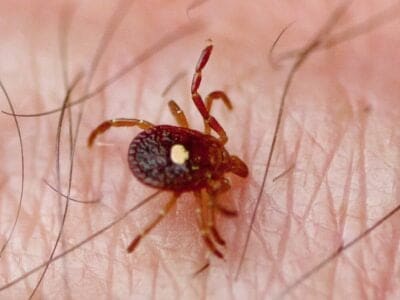
Lone Star Tick
Only females have the ‘lone star’ marking
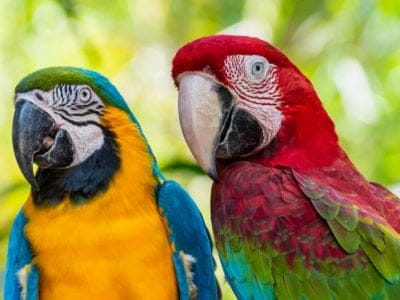
Macaw
The largest species of parrot in the world!
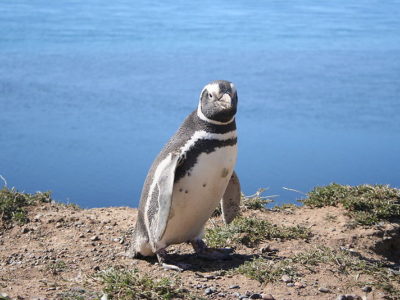
Magellanic Penguin
Threatened by oil spills!
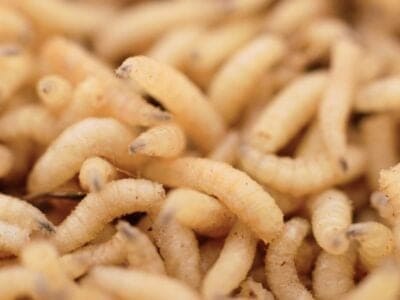
Maggot
Will only live in wet areas
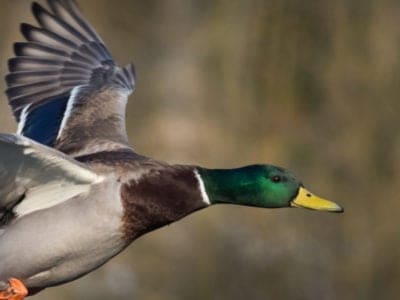
Mallard
With an appropriate tail wind, the mallard can travel hundreds of miles a day
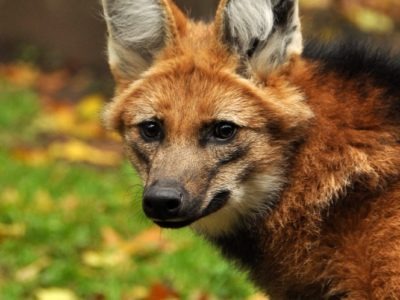
Maned Wolf
Despite its name, the Maned Wolf is not actually a wolf.
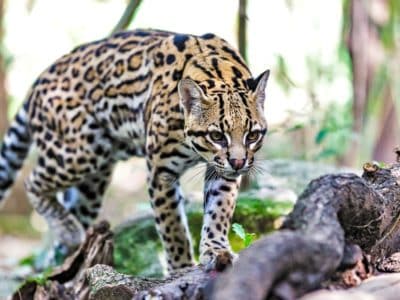
Margay
Margays are one of the world’s most highly adapted cat species for climbing trees!

Mayfly
There are 2,500 known species worldwide!

Mealybug
They have a symbiotic relationship with ants.
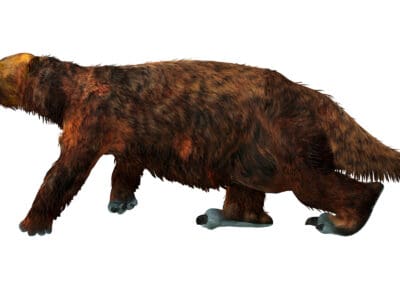
Megatherium
Megatherium probably used its lips more than its tongue when feeling for choice leaves in the treetops.
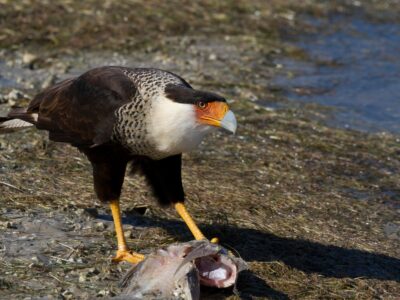
Mexican Eagle (Northern crested caracara)
The northern crested caracara mates for life with its partner
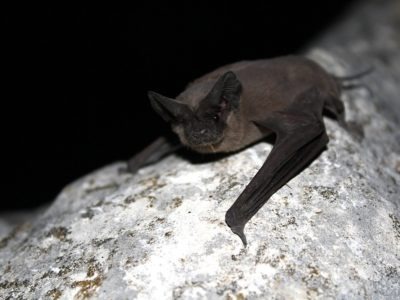
Mexican Free-Tailed Bat
Some colonies have millions of bats

Millipede
Some species have a poisonous bite!
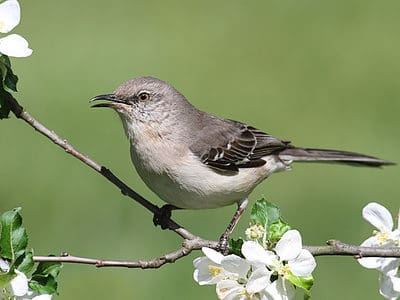
Mockingbird
Mockingbirds are incredible mimics that can learn hundreds of songs!

Mole
Primarily hunts and feeds on Earthworms!
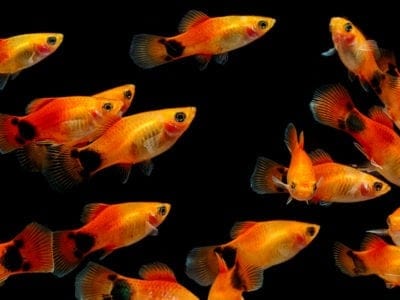
Molly
Known for their calm and peaceful nature!

Mongrel
Has characteristics of two or more breeds!
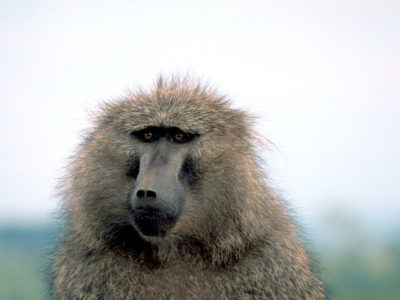
Monkey
There are around 260 known species!

Moorhen
Feeds on aquatic insects and water-spiders!
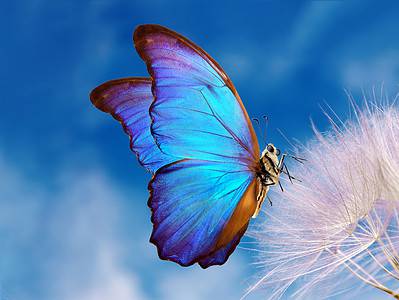
Morpho Butterfly
Collectors prize them for their bright wings

Mosquito
Only the female mosquito actually sucks blood

Moth
There are 250,000 different species!
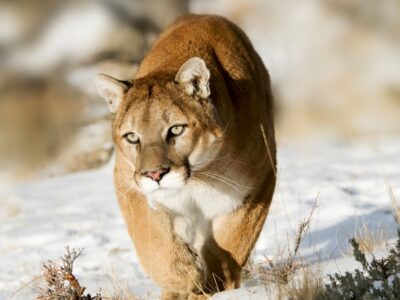
Mountain Lion
Has no real natural predators!

Mouse
Found on every continent on Earth!

Mule
The offspring of a horse and donkey parents!
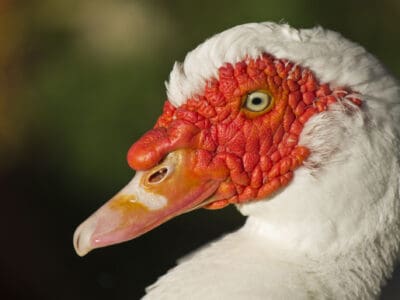
Muscovy Duck
Unlike most duck species, the Muscovy is silent and only makes noise when excited or threatened.

Nematode
Nematodes range in size from 1/10 of an inch to 28 feet long
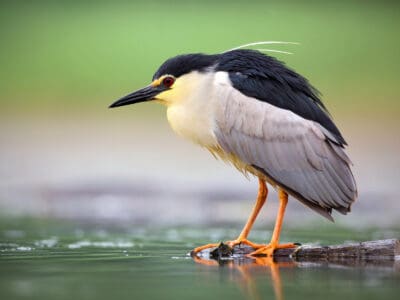
Night Heron
When they feel threatened juvenile night herons vomit their stomach contents.

No See Ums
There are more than 5,000 species.
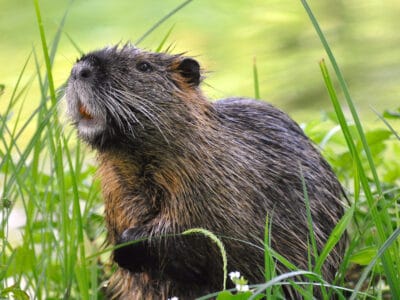
Nutria
An invasive species, one female nutria can birth up to 200 babies in just a few years of living!
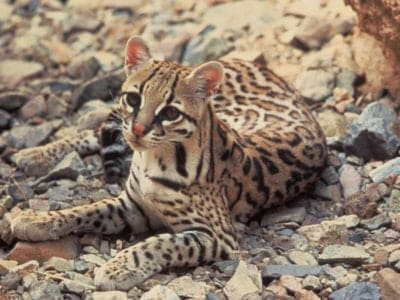
Ocelot
Also known as the Painted Leopard!
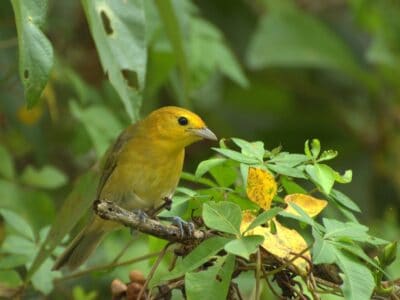
Orange Tanager (Orange-Headed Tanager)
They inhabit the lowlands of the Amazon rainforest

Orb Weaver
Females are about four times the size of males
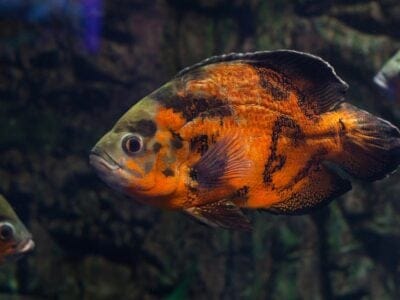
Oscar Fish
The Oscar fish has teeth in its throat!

Osprey
They reuse nesting sites for 70 years!

Otter
There are 13 different species worldwide

Owl
The owl can rotate its head some 270 degrees
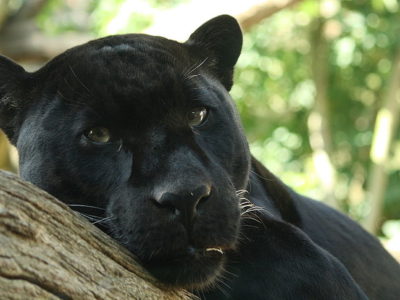
Panther
Prefers to hunt at night than during the day!
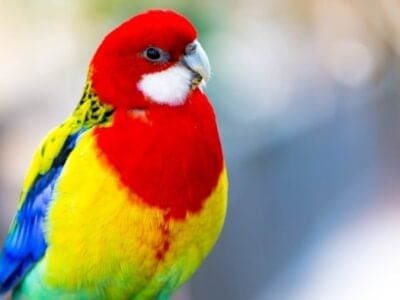
Parakeet
Monk parakeets are the only parakeets that actually build nests. They’re also the only parakeets to nest in great colonies.
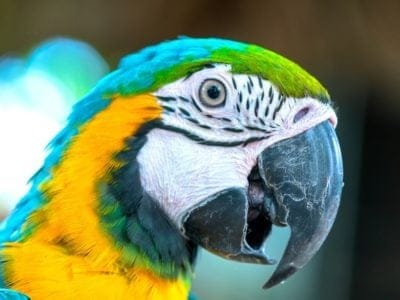
Parrot
Can live for up to 100 years!

Parrotlet
Parrotlets aren't the world's tiniest parrot — that would be the pygmy parrot of Australasia.
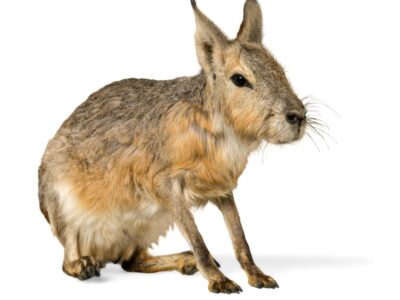
Patagonian Cavy
Patagonian cavies run anywhere from 18-45 mph!
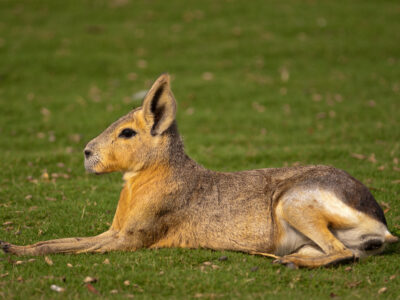
Patagonian Mara
Patagonian maras mate for life, but raise their pups in large communal dens!

Patagotitan
The patagotitan's bones were hollow and air-filled.

Peregrine Falcon
Fastest animal on Earth

Peruvian Guinea Pig
The Peruvian guinea pig is well known for its long, soft tresses and edgy bangs.

Pheasant
Females lay between 8 and 12 eggs per clutch!
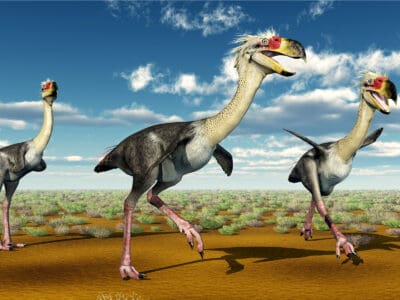
Phorusrhacos
It's a genus of terror birds

Pigeon
They can find their way back to their nests from up to 1300 miles away.
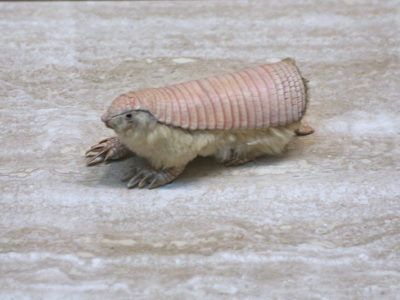
Pink Fairy Armadillo
The smallest known species of Armadillo
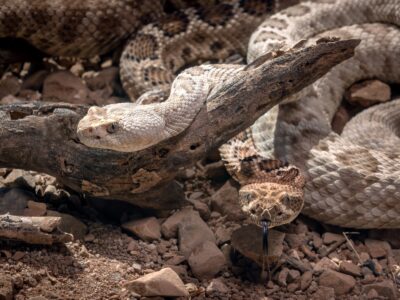
Pit Viper
Pit vipers's fangs fold up into their mouths when they don't need them.
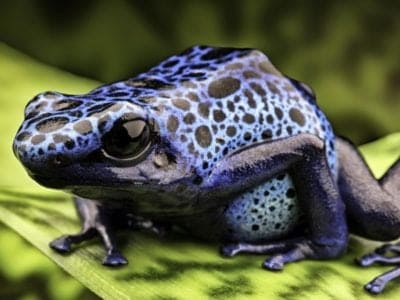
Poison Dart Frog
Inhabits the jungles of Central and South America!
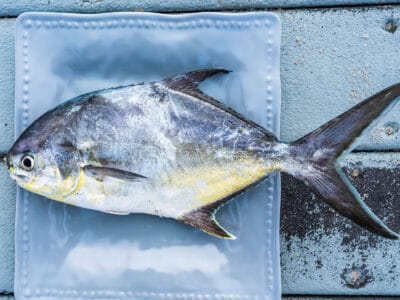
Pompano Fish
They are bottom-feeders
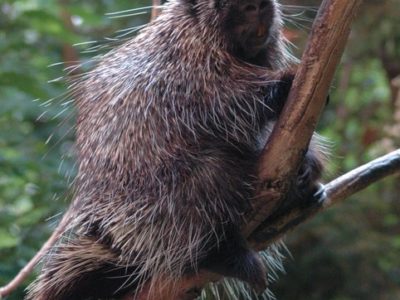
Porcupine
There are 30 different species worldwide!
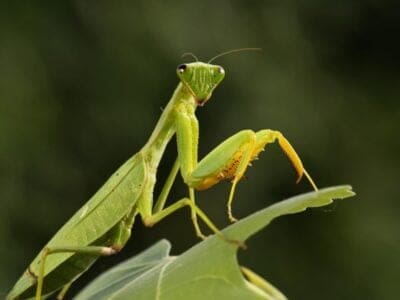
Praying Mantis
The mantis can turn its head 180 degrees.
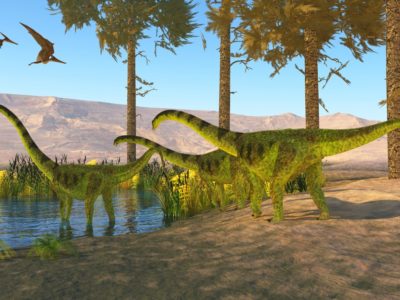
Puertasaurus
"The ribcage of a Puertosaurus was as large as a school classroom!"
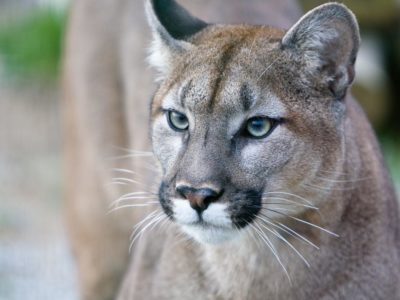
Puma
Has longer back legs than front legs!

Quail
Inhabits woodland and forest areas worldwide!
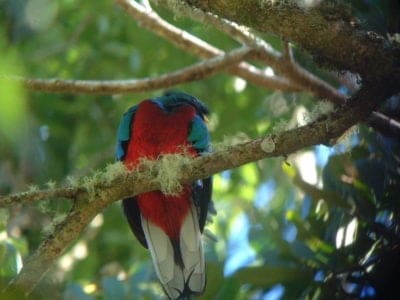
Quetzal
The tail feathers of the male can be 1m long!
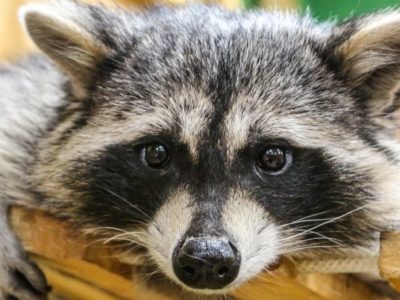
Raccoon
Known to wash their food before eating it!
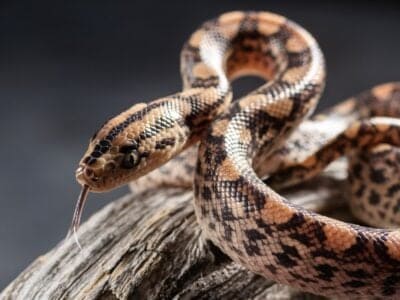
Rainbow Boa
The rainbow boa is named for its iridescent skin that refracts light and creates a rainbow-colored effect.

Rat
Omnivores that eat anything!
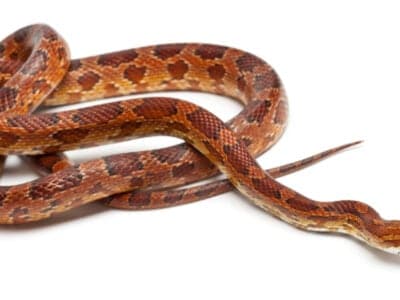
Rat Snakes
Rat snakes are constrictors from the Colubridae family of snakes.
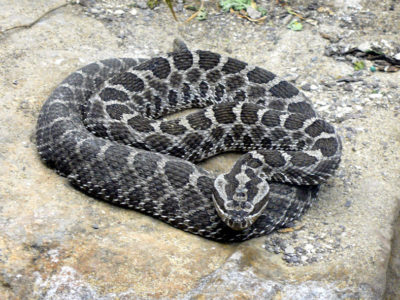
Rattlesnake
Rattlesnakes may have evolved their rattle to warn bison away from them.

Red-Footed Tortoise
Male and female Red-Footed Tortoises move their heads to communicate.
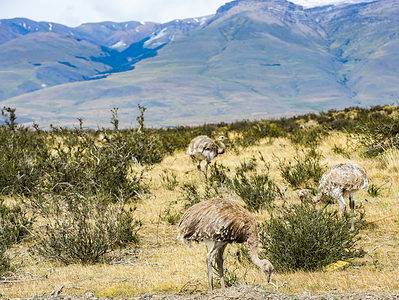
Rhea
Male rheas mate with up to a dozen females and single-handedly raise up to 80 chicks at once!

River Turtle
Inhabits freshwater habitats around the world!

Rodents
The capybara, the world’s largest rodent, likes to be in and around bodies of water. Because of this, the Catholic Church in South America decided that it was a fish, and people were allowed to eat it during Lent and First Fridays.

Rooster
Will mate with the entire flock!
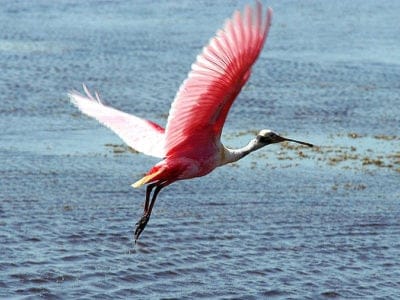
Roseate Spoonbill
The only Spoonbill in the western hemisphere!

Saber-Toothed Tiger
Canines up to 7 inches long!

Sable Ferret
Ferrets were used during the Revolutionary War to keep down the rat population.
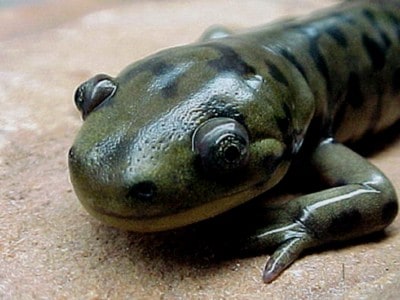
Salamander
There are more than 700 different species!
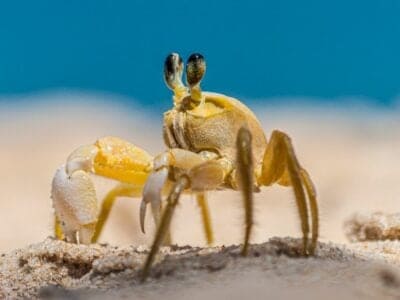
Sand Crab
The sand crab burrows beneath the sand with its tail

Scorpion
There are around 2,000 known species!

Seahorse
Males give birth to up to 1,000 offspring!
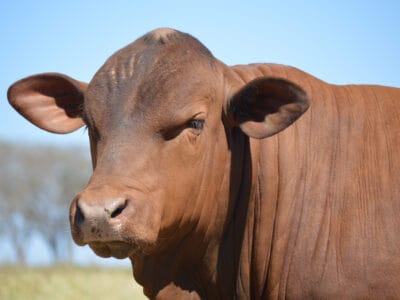
Senepol Cattle
Senepol cattle have a distinctive red color and no horns.
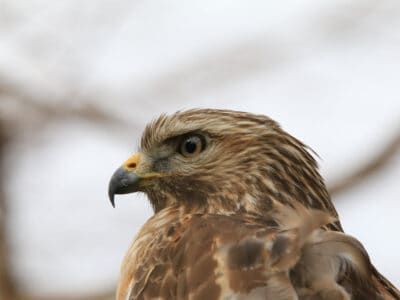
Sharp-Shinned Hawk
In captivity, sharp-shinned hawks can live up to 13 years. However, in the wild, this number is significantly reduced to 3 years!

Sheep
Around 35 million in the English countryside!
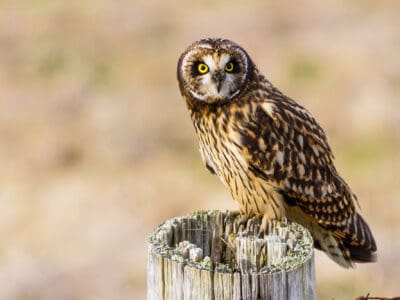
Short-Eared Owl
The short-eared owl is one of the most widespread owl species in the world, covering five continents.

Shrew
The spinal column of the shrew Scutisorex somereni is so strong and reinforced that it can support the weight of an adult human.

Shrimp
There are 2,000 different species worldwide!
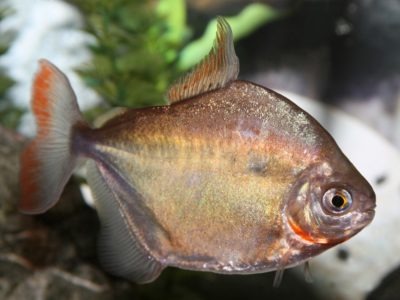
Silver Dollar
Closely related to the Piranha

Skink Lizard
Some skinks lay eggs in some habitats while giving birth to skinklets in other habitats.
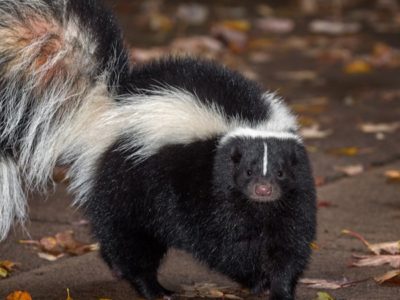
Skunk
Also known as the Polecat!
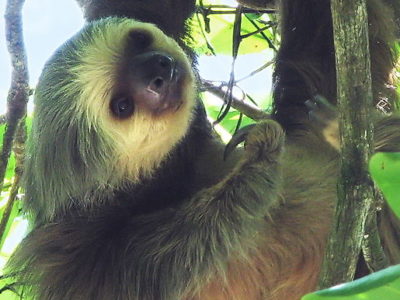
Sloth
It's body temperature is between 30 - 34 degrees!

Slug
They glide around on one foot, which is aided by the slime they produce

Smokybrown Cockroach
Has up to 45 eggs per egg case

Snail
There are nearly 1,000 different species!

Snake
There are around 4,000 known species worldwide
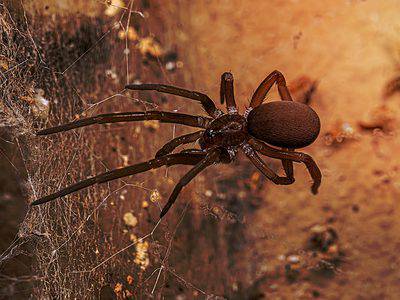
Southern House Spider
Large web making house spider

Sparrow
There are 140 different species!
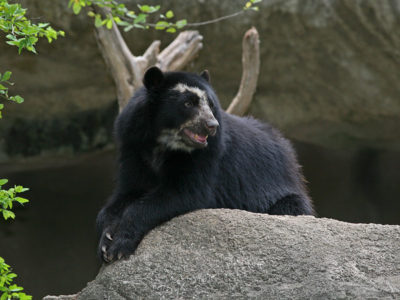
Spectacled Bear
Native to the Andes mountains of South America!

Spider Wasp
They prey on spiders to feed their larvae or they parasitize other spider wasps.

Squirrel
Small rodents found in woodlands worldwide!

Stick Insect
There are more than 3,000 different species!
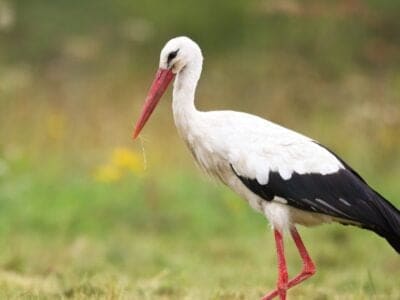
Stork
They can’t sing like other birds.
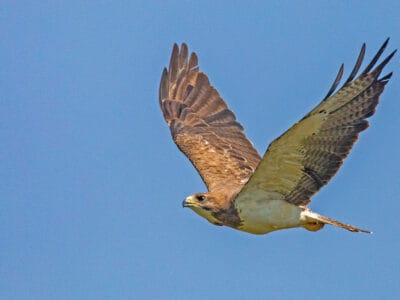
Swainson’s Hawk
Their wings form a “V” shape when flying.

Swan
Populations have been affected by pollution!
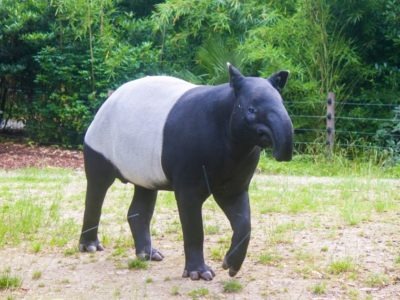
Tapir
Most closely related to horses and rhinos!
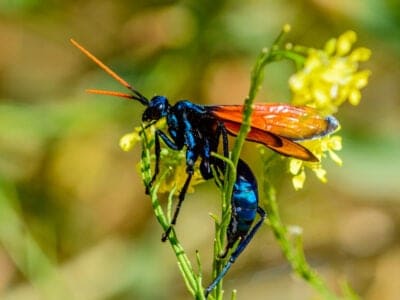
Tarantula Hawk
Tarantula hawks are excellent pollinators, especially for milkweed.
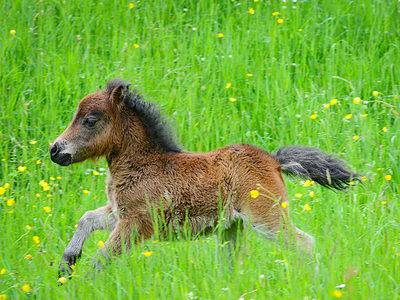
Teacup Miniature Horse
Female teacup minis become sexually mature between 2 and 5 years old, but breeders typically wait until their horse is 3 before letting her reproduce to prevent complications.
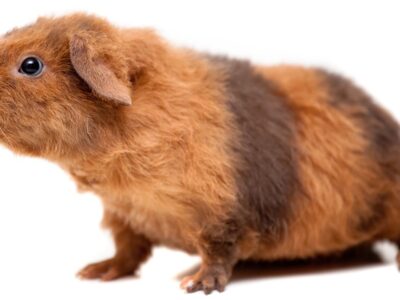
Teddy Guinea Pig
Teddy guinea pigs resemble teddy bears, hence their name.

Termite
Their mounds can be up to 9 meters tall!
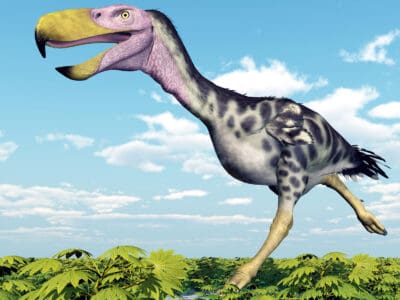
Terror Bird
Though terror birds were flightless, their wings featured an unusual sharp claw which they could use as a weapon.

Theropod
Some theropods had feathers and may have been ancestors of modern birds.

Thrush
The American robin is called the robin because its red breast reminded European settlers of the robin back in the old country.

Tick
They inject hosts with a chemical that stops them from feeling the pain of the bite

Tiger Beetle
The adult tiger beetle is one of the fastest land insects in the world

Tortoise
Can live until they are more than 150 years old!
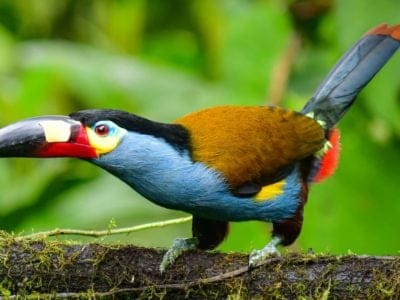
Toucan
There are more than 40 different species!
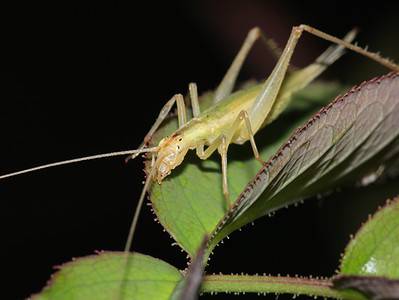
Tree Cricket
They make music with their wings

Tree Frog
Found in warmer jungles and forests!

Turtles
Some species of aquatic turtles can get up to 70 percent of their oxygen through their butt.
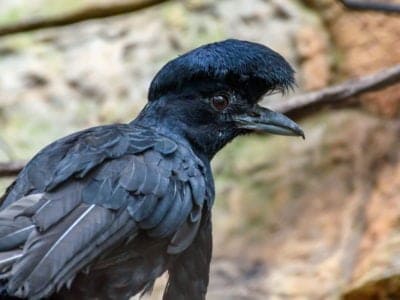
Umbrellabird
Migrates up and down the mountains!
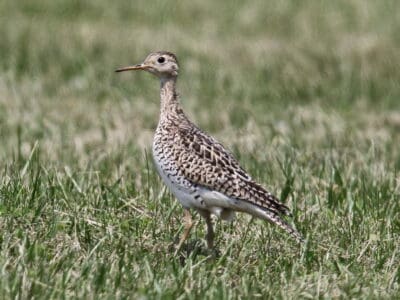
Upland Sandpiper
They make jerky movements as they walk through the grass, searching for food.
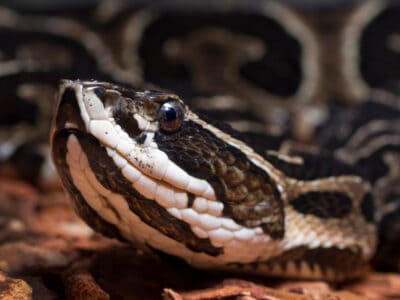
Urutu Snake
The female Urutu snake grows longer and heavier than males of the same species
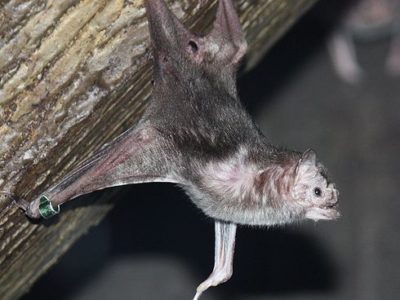
Vampire Bat
Have a heat sensor on the end of their nose!
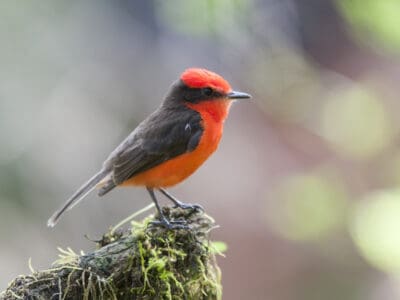
Vermilion Flycatcher
They have a fast song that lasts up to 10 syllables at max.

Vicuña
Vicuñas have some of the softest wool in the entire animal kingdom
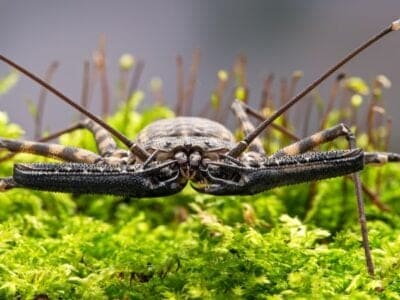
Vinegaroon
Vinegaroons can spray 19 times before the glands are depleted

Vulture
There are 30 different species worldwide!
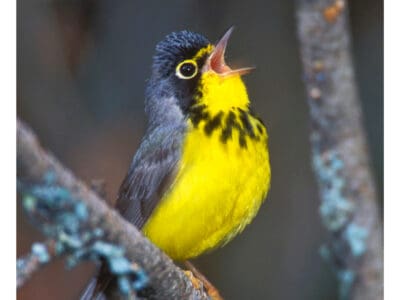
Warbler
Warblers are so called because of the trills of their song.

Wasp
There are around 75,000 recognised species!
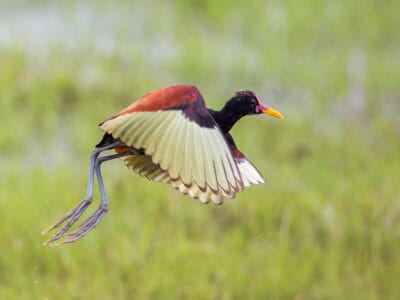
Wattled Jacana
They are typically noisy birds but take on a soft tone with their young.
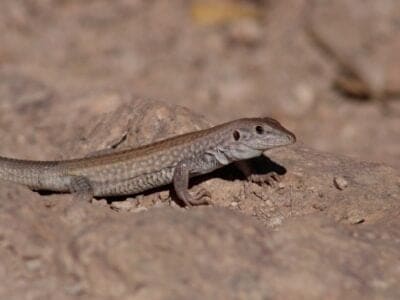
Whiptail Lizard
Many whiptail species reproduce asexually.

White Ferret / Albino Ferrets
There are two different types of white ferrets!

Wolf Spider
Carnivorous arachnid that hunts its prey.

Woodlouse
This animal can roll up into a ball
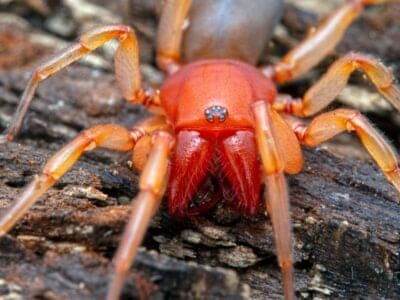
Woodlouse Spider
Unlike most spiders, woodlouse spiders don’t build a web.

Woodpecker
There are 200 different species!

Worm
Doesn’t have eyes.
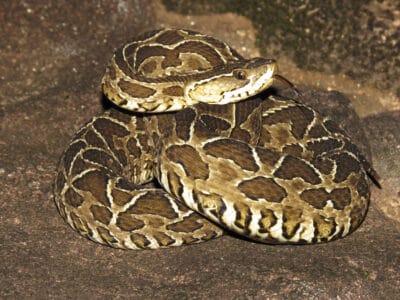
Yarara
Females are much larger than males
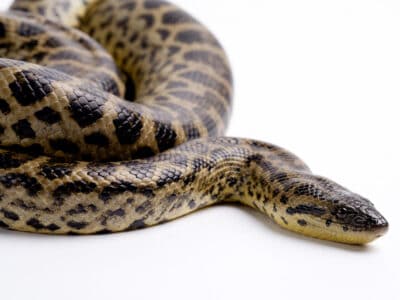
Yellow Anaconda
Anacondas take prey much bigger compared to body weight than other snakes.
Argentine Animals List
- Agouti
- Amargasaurus
- Amazon Parrot
- Anaconda
- Angora Goat
- Anhinga
- Ant
- Anteater
- Arctotherium
- Argentinosaurus
- Armadillo
- Armyworm
- Asian Lady Beetle
- Avocet
- Barb
- Barinasuchus
- Barn Owl
- Barn Swallow
- Bat
- Bear
- Bed Bugs
- Bee
- Beetle
- Bird
- Biscuit Beetle
- Black Widow Spider
- Bobolink
- Booby
- Brazilian Treehopper
- Brown Dog Tick
- Burrowing Owl
- Bush Dog
- Butterfly
- Caecilian
- Caiman
- Camel Cricket
- Carpenter Ant
- Cascabel
- Cat
- Cat-Eyed Snake
- Caterpillar
- Catfish
- Centipede
- Chicken
- Chilean Recluse Spider
- Chilean Rose Tarantula
- Chinchilla
- Cichlid
- Cockroach
- Codling Moth
- Collared Peccary
- Common Furniture Beetle
- Common House Spider
- Coral Snake
- Cormorant
- Cow
- Crab
- Crab-Eating Fox
- Crab Spider
- Cricket
- Crocodile
- Crocodylomorph
- Crow
- Cuckoo
- Darwin’s Frog
- Dog
- Dog Tick
- Dogo Argentino
- Donkey
- Dragonfly
- Dreadnoughtus
- Dubia Cockroach
- Duck
- Dung Beetle
- Eagle
- Earthworm
- Earwig
- Eel
- Executioner Wasp
- Falcon
- False Water Cobra
- False Widow Spider
- Fiddler Crab
- Firefly
- Flamingo
- Flea
- Fly
- Flying Squirrel
- Frog
- Fruit Fly
- Fulvous Whistling Duck
- Gecko
- German Cockroach
- Giant Armadillo
- Glowworm
- Gnat
- Grasshopper
- Guinea Pig
- Gulper Catfish
- Guppy
- Gypsy Moth
- Hamster
- Hare
- Harpy Eagle
- Harris’s Hawk
- Hawk Moth Caterpillar
- Hercules Beetle
- Heron
- Hognose snake
- Honey Bee
- Argentine Horned Frog
- Horse
- Horsefly
- House wren
- Housefly
- Human
- Hummingbird
- Huntsman Spider
- Ibex
- Ibis
- Iguana
- IMG Boa Constrictor
- Imperial Moth
- Insects
- Jabiru
- Jacana
- Jaguar
- Jumping Spider
- King Vulture
- Kingfisher
- Kodkod
- Ladybug
- Leech
- Leedsichthys
- Lipstick Albino Boa
- Lizard
- Llama
- Locust
- Lone Star Tick
- Macaw
- Magellanic Penguin
- Maggot
- Mallard
- Maned Wolf
- Margay
- Mayfly
- Mealybug
- Megatherium
- Mexican Eagle (Northern crested caracara)
- Mexican Free-Tailed Bat
- Millipede
- Mockingbird
- Mole
- Molly
- Mongrel
- Monkey
- Moorhen
- Morpho Butterfly
- Mosquito
- Moth
- Mountain Lion
- Mouse
- Mule
- Muscovy Duck
- Nematode
- Night Heron
- No See Ums
- Nutria
- Ocelot
- Orange Tanager (Orange-Headed Tanager)
- Orb Weaver
- Oscar Fish
- Osprey
- Otter
- Owl
- Ox
- Panther
- Parakeet
- Parrot
- Parrotlet
- Patagonian Cavy
- Patagonian Mara
- Patagotitan
- Peregrine Falcon
- Peruvian Guinea Pig
- Pheasant
- Phorusrhacos
- Pigeon
- Pink Fairy Armadillo
- Pit Viper
- Poison Dart Frog
- Pompano Fish
- Porcupine
- Praying Mantis
- Puertasaurus
- Puma
- Quail
- Quetzal
- Raccoon
- Rainbow Boa
- Rat
- Rat Snakes
- Rattlesnake
- Red-Footed Tortoise
- Rhea
- River Turtle
- Rodents
- Rooster
- Roseate Spoonbill
- Saber-Toothed Tiger
- Sable Ferret
- Salamander
- Sand Crab
- Scorpion
- Seahorse
- Senepol Cattle
- Sharp-Shinned Hawk
- Sheep
- Short-Eared Owl
- Shrew
- Shrimp
- Silver Dollar
- Skink Lizard
- Skunk
- Sloth
- Slug
- Smokybrown Cockroach
- Snail
- Snake
- Southern House Spider
- Sparrow
- Spectacled Bear
- Spider Wasp
- Squirrel
- Stick Insect
- Stork
- Swainson’s Hawk
- Swallowtail Butterfly
- Swan
- Tapir
- Tarantula Hawk
- Teacup Miniature Horse
- Teddy Guinea Pig
- Termite
- Terror Bird
- Theropod
- Thrush
- Tick
- Tiger Beetle
- Tortoise
- Toucan
- Toxodon
- Tree Cricket
- Tree Frog
- Turtles
- Umbrellabird
- Upland Sandpiper
- Urutu Snake
- Vampire Bat
- Vermilion Flycatcher
- Vicuña
- Vinegaroon
- Vulture
- Warbler
- Wasp
- Wattled Jacana
- Whiptail Lizard
- White Ferret / Albino Ferrets
- Wolf Spider
- Woodlouse
- Woodlouse Spider
- Woodpecker
- Worm
- Yarara
- Yellow Anaconda
Argentina FAQs (Frequently Asked Questions)
What types of animals live in Argentina?
Argentina is home to some 400 species of mammals, including opossums, armadillos, rodents, bats, deer, capybaras, tapirs, peccaries, and carnivores (like otters and cats). There are also as many as a thousand different species of birds, including flamingos, toucans, hawks, falcons, swallows, and hummingbirds. Reptiles and insects are another excellent source of biodiversity.
Are there monkeys in Argentina?
Yes, both the black and brown howler monkeys live on the northern fringes of Argentina, near the border with Brazil.
Are there any dangerous animals in Argentina?
Argentina is home to several dangerous species of venomous snakes and spiders. The caiman is quite dangerous but rarely attacks people. The jaguar also surprisingly accounts for few attacks on people.
Are there sloths in Argentina?
While the sloth is much more common in neighboring Brazil, it can be found in the northern forests of Argentina.




